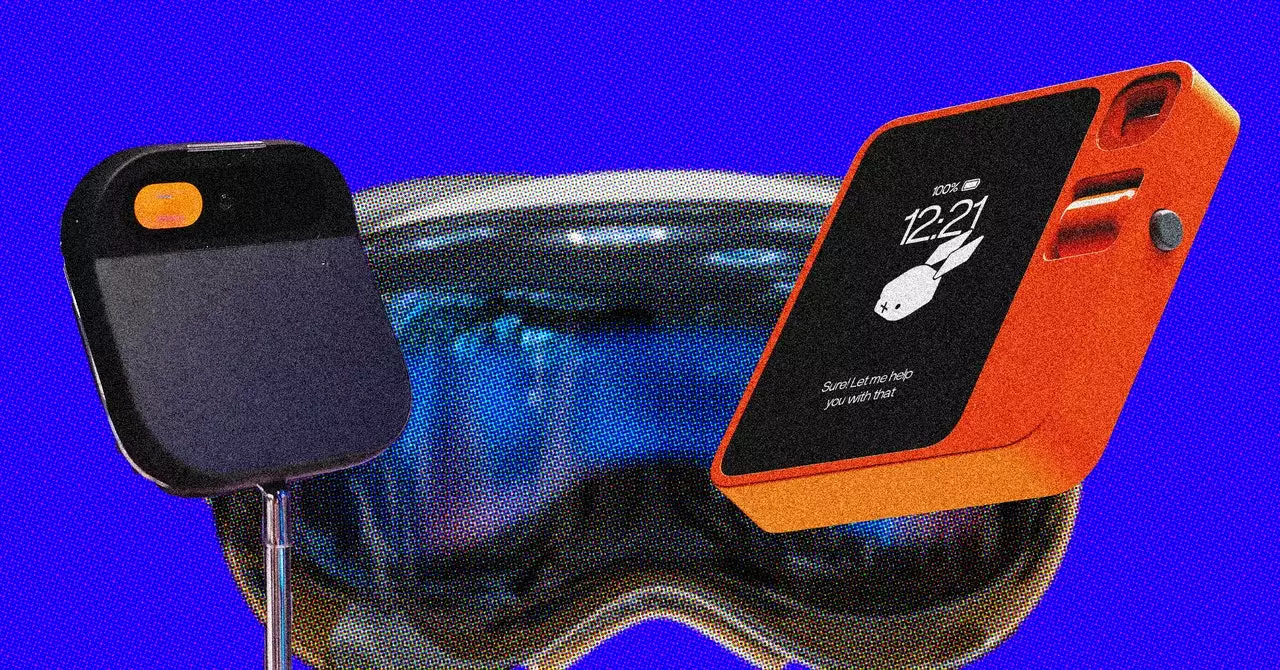As the tech landscape continually evolves, the necessity for devices to perform better becomes crucial, especially when they promise innovative integration with third-party applications. Recent updates to the R1 have led to an interesting conundrum: while the promise of enhanced functionality was met with eager anticipation, the follow-through raises significant questions about reliability, usability, and privacy.
One of the most glaring issues with the R1’s updates has been the retirement of several high-profile third-party integrations, including prominent names like DoorDash and Uber. Users were enticed by the potential for streamlined services that could enhance their daily routines but were instead met with a sense of disillusionment when these features were retracted. The underlying problem is emblematic of a broader concern in the tech space; many companies launch integrations that appear compelling but fail to deliver actual utility. In this case, the enhanced functionality was essentially an illusion, leaving users to question whether these partnerships were ever sustainable in the first place.
Moreover, users have reported long-standing technical glitches that have haunted the device since its launch. These issues have persisted in iterations of the R1, dampening the user experience. Improvements to the scroll wheel, while on paper represent a positive development, do little to paper over the cracks formed by these unfulfilled promises. Expectations were not just for aesthetic fixes but for a comprehensive enhancement of user interaction with the device—something that seems still far from realization.
Recent updates aimed at improving the user interface are indeed appreciated by users who seek more intuitive controls. For instance, the ability to adjust volume by pressing and holding the push-to-talk button while scrolling is a helpful adjustment. Yet, such improvements, while welcome, beg the question: why did it take so long for such basic functionalities to be integrated? Additionally, while the R1 has rolled out a series of intriguing features like Beta Rabbit and LAM Playground, their current execution feels clunky and underwhelming.
Beta Rabbit, which is designed to utilize sophisticated language models for conversational interactions, has not quite hit the mark. Users have found the responses to lack depth and fluidity, often veering into an overly mechanical pattern of engagement. Attempting to spark a natural dialogue with the R1 often leads to disjointed responses, as evident in instances where users seek clarity on complex topics, only to receive extensive excerpts rather than eloquent explanations. The artificial intelligence component, rather than inspiring, appears slightly outdated compared to other advanced models on the market, such as GPT-4 or Gemini Live.
The introduction of LAM Playground aims to showcase the R1’s ability to execute tasks effectively. Unfortunately, this feature also falls victim to execution problems. Users are tasked with logging into external platforms through a virtual browser, raising significant privacy concerns. When I interacted with this feature, it became painfully evident that, even simple tasks like searching for items or navigating web pages took an unexpectedly long time. The delay not only undermined efficiency but also deterred users from fully embracing what should have been a powerful tool.
Then there’s Teach Mode, which seeks to allow users to create lessons and have the R1 mimic their actions. While this sounds innovative, users have found it to often be unpredictable. Error messages and inconsistent functionality have plagued attempts to utilize this feature, leaving users frustrated rather than empowered. While the concept is admirable, the execution feels like an experiment still in its infancy.
While the R1 demonstrates potential with its ambitious updates and features, the reality falls short of expectations. With critical areas like third-party integration, conversational AI capabilities, and task execution still requiring significant refinement, it is hard to escape the impression that the R1 remains trapped in a perpetual state of beta testing. For users to feel satisfied with their investment, the device needs a clearer strategic vision and a commitment to resolving its many shortcomings. Until then, the R1 risks alienating its user base, a failure that could have lasting implications in a fast-paced tech landscape.


Leave a Reply
You must be logged in to post a comment.